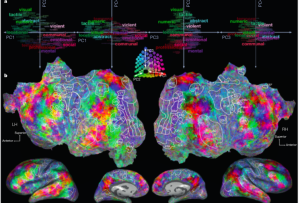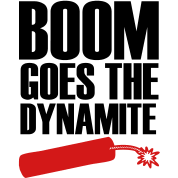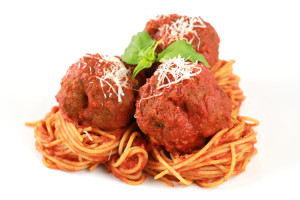Food Safety Talk, a bi-weekly podcast for food safety nerds, by food safety nerds. The podcast is hosted by Ben Chapman and barfblog contributor Don Schaffner, Extension Specialist in Food Science and Professor at Rutgers University. Every two weeks or so, Ben and Don get together virtually and talk for about an hour.
They talk about what’s on their minds or in the news regarding food safety, and popular culture. They strive to be relevant, funny and informative — sometimes they succeed. You can download the audio recordings right from the website, or subscribe using iTunes.
Episode 105 can be found here and on iTunes.
Show notes so you can follow along at home:
- Quorn
- Lynn McEntire, Porcelain Doll Artist
- Dr Lynn McIntyre | Harper Adams University Canadian Tire
- Sandy McTire
- Canadian Tire And so it begins …
- The Talk Show Ep. 161, With John Moltz
- Sling Blade (1996)
- Sling TV
- A Microbiological Comparison of Poultry Products Obtained from Farmers’ Markets and Supermarkets in Pennsylvania – Scheinberg – 2013 – Journal of Food Safety – Wiley Online Library
- Pokemon Go
- Clint Stevenson – North Carolina State University
- Presentation: Yuck Factor Versus Risk Factor: What Shoppers See and Identify as Food Safety Problems at Retail (IAFP 2016 Annual Meeting)
- Benjamin Chapman
- Most British eggs safe for pregnant women, report says
- Raw eggs safe for pregnant women in UK, say food safety experts
- Ad Hoc Group on Eggs An update on the microbiological risk from shell eggs and their products
- Q&A on the carcinogenicity of the consumption of red meat and processed meat
- Led Zeppelin – Communication Breakdown Ep. 208: “Coney Island Horniness” – Roderick on the Line – Merlin Mann
- ZacSchaffner on Twitter: “@bugcounter just heard you mentioned on ep 208 of @RoderickOn! So exciting. #foodsafety.”
- Egg in a Cup Recipe
- Canadian Bacon
- Road Work #16: No Raven Has Ever Brought Me a Button
- Exposure of Listeria monocytogenes within an epidemic caused by butter in Finland
- Back bacon
- The Godfather Collection (The Godfather / The Godfather: Part II / The Godfather: Part III):
- Last known VCR maker stops production, 40 years after VHS format launch









